#Arizona toad
Text



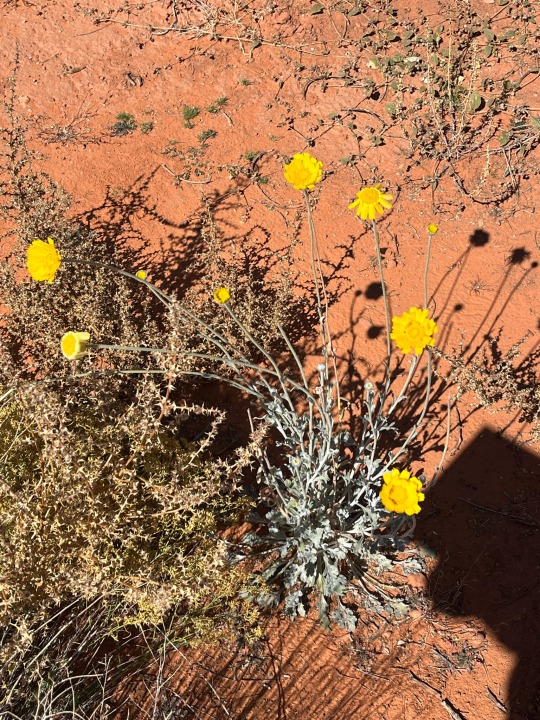
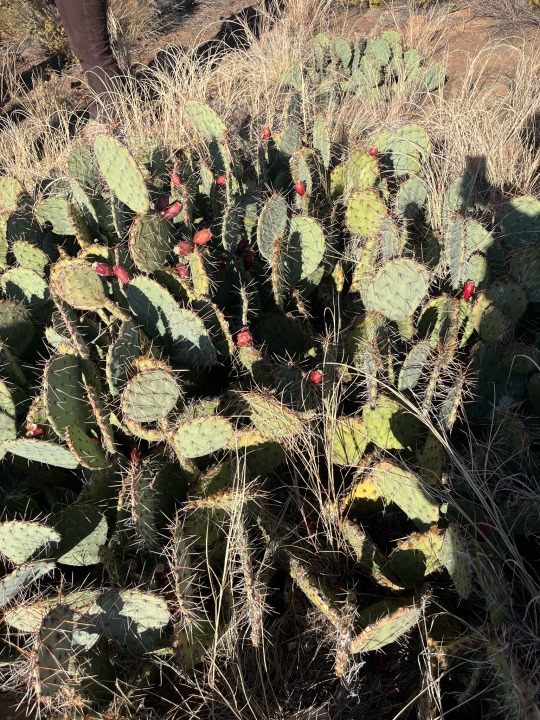


A few days in the desert
#love this area#Hana talks#Mojave#Great Basin#Colorado plateau#Arizona toad#engelmanns prickly pear#chuckwalla#desert marigolds#cholla
12 notes
·
View notes
Text



While these look like something from your nightmare these are actually egg sacks from a toad. A single female lays thousands of eggs in these work looking sacks
1 note
·
View note
Photo
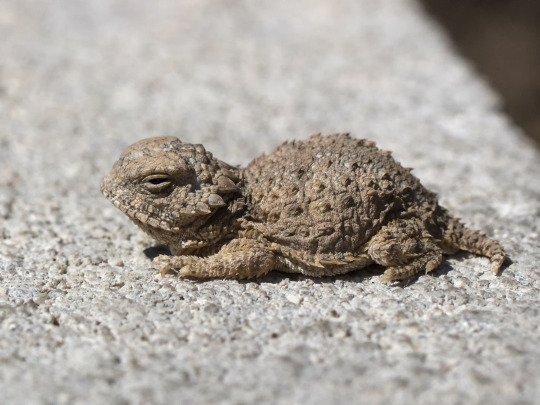




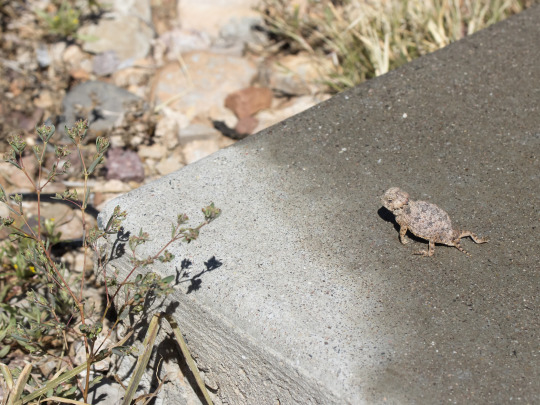

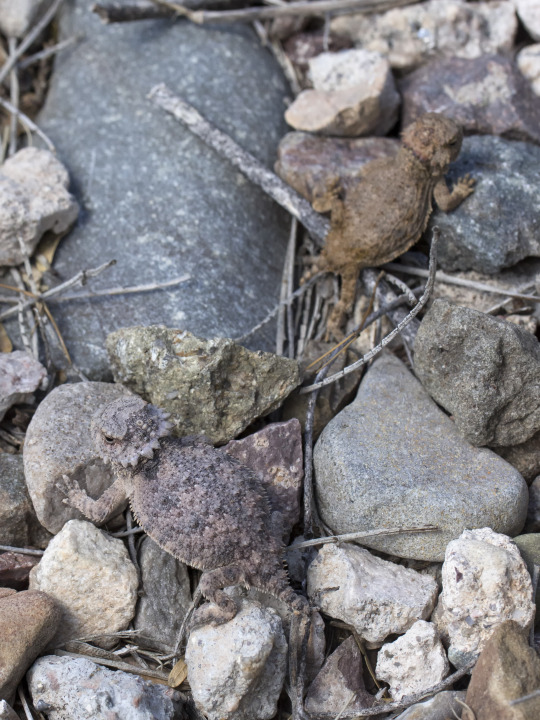
Baby horned toads in the yard. Cochise County, Arizona, October 2022.
#lizard#horned toad#babies#camouflage#photographers on tumblr#textless#amadee ricketts#gravel#leaves#concrete#face#grumpy#tiny#hand#fall#autumn#october#in the yard#arizona#aint no party like a baby horned toad party#because a baby horned toad party is fleeting and purely a matter of luck
616 notes
·
View notes
Text

autumn and I frogging time
328 notes
·
View notes
Text
excuse me what the fuck
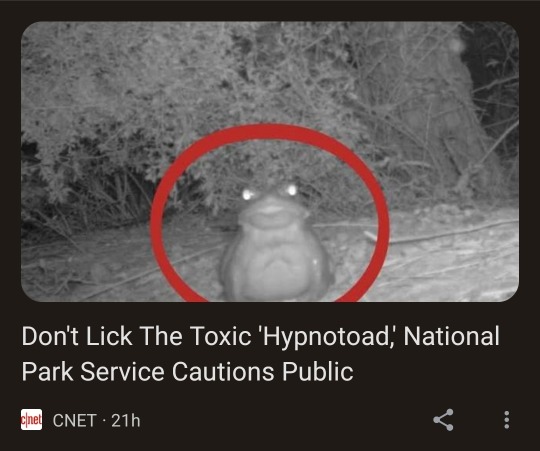
#mine#ecology#toad#frog#nature#hypnotoad#mexico#america#United States#California#Arizona#New Mexico#sonora desert#desert#news
17 notes
·
View notes
Text

Toad Rave
© 2023 Ursula Paddington
⇄ & ❤ !
#toad#rave#colorful#color#amphibians#nature#outdoors#adventure#explore#dance#party#photography#photo art#art#original photographers#photographers on tumblr#ursulapaddington#travel#desert#arizona#rocky
6 notes
·
View notes
Text
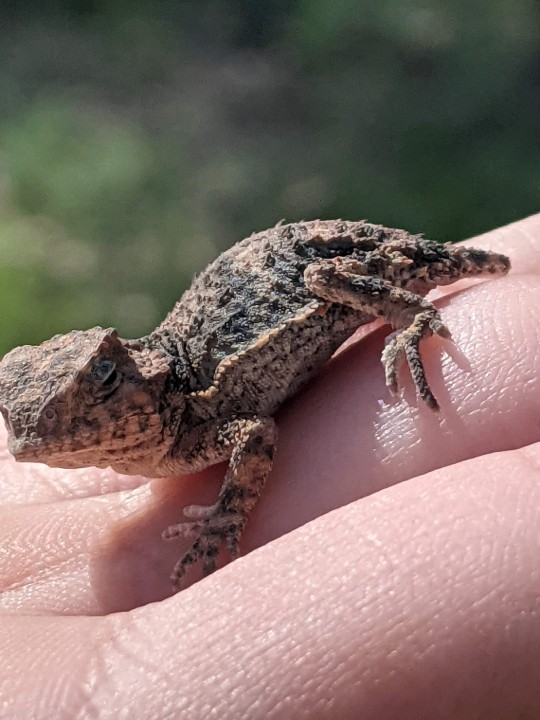
A horned lizard baby. LOOK AT THE BEBAY. Jesus he's so cute.
1 note
·
View note
Text

What are they singing?
#arizona#tucson#digital art#tucsonartist#arizona artist#tucson arizona#tucson az#i love frogs#green tree frogs#frog art#frogposting#frogblr#frogs and toads#froggie#cute frogs#frog#froggo#i like frogs
1 note
·
View note
Note
Hello! Since March 8th is International Women’s Day, I was wondering if you might share with us some females from various species? (Since the more vibrant males tend to get the spotlight lol)
International Women’s Day!!!
Yes yes yes! With many animals, the females are more impressively large or more colorful than the males. Let's have a look at some impressive and amazing females...

(Southern) Green Anaconda (Eunectes murinus), female, family Boidae, Ecuador
With many snakes, the females get to be much larger than the males. Female Anacondas grow to be the heaviest snakes in the world, as up to 97.5 kg (214 lb 15 oz).
Though reports have claimed that Green Anacondas can grow up to over 30 ft long, the longest ever ACTUALLY measured was about 19 ft. long.
photograph by Alejandro Arteaga
Advance Wildlife Education

Brahminy Blindsnake aka Flowerpot Snake (Indotyphlops braminus), family Typhlopidae, found in tropical and subtropical areas around the world
This snake is native to somewhere along the Indian Ocean, possibly somewhere in SE Asia or coastal Africa.
The fossorial (burrowing) snake feeds mainly on the larvae, pupae, and eggs of ants and termites.
All known specimens of this snake have been female. They reproduce through parthenogenesis (asexually).
photograph via: UGA Coastal Ecology Lab
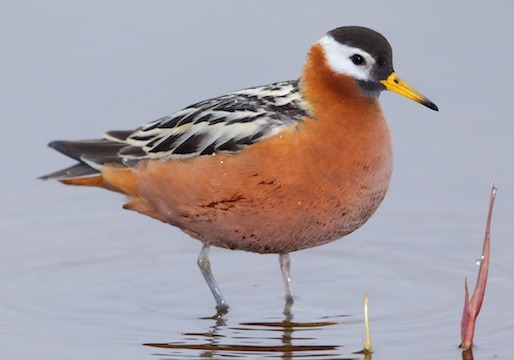
Red Phalarope (Phalaropus fulicarius), female, family Scolopacidae, order Charadriiformes, near Barrow, Alaska, USA
Female Phalaropes are larger and more colorful than the males. They court the males and defend the nest site. The males incubate the eggs, and raise the chicks.
photograph by Mark A. Chappell
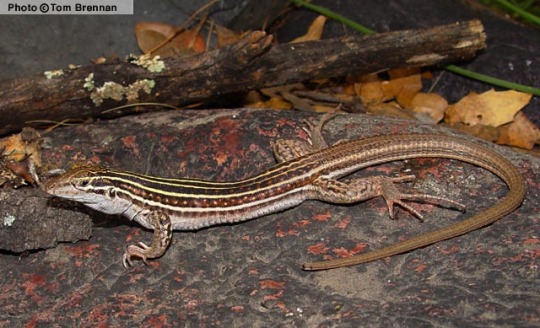
Sonoran Spotted Whiptail (Aspidoscelis sonorae), females, family Teiidae, Arizona
This is another all female parthenogentic species.
There are other closely relates species, other whiptails and racerunners, that are also all female populations. Some of them are completely parthenogenic, and some combine parthenogenesis with sexual input from closely related species or populations nearby.
photograph by Tom Brennan
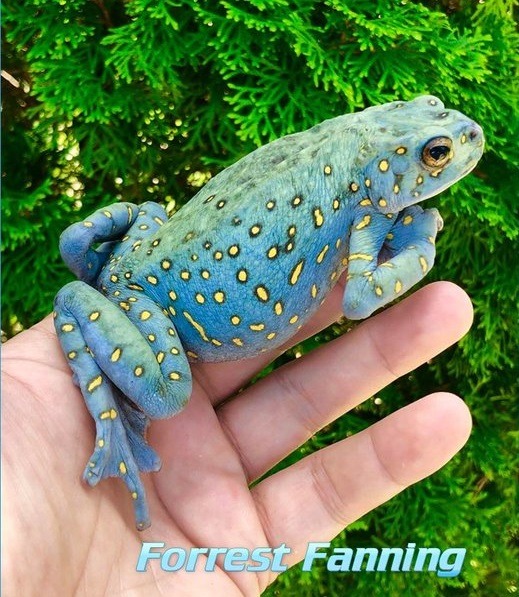
photograph by Forrest Fanning

photograph by Giuseppe Mazza
Asian Yellow-spotted Climbing Toad (Rentapia hosii), females, family Bufonidae, found in SE Asia
The females of this species are large, gorgeous, ornate frogs, while the males are much smaller and much less colorful.
#frog#toad#amphibian#snake#anaconda#reptile#phalarope#bird#animals#nature#whiptail#lizard#blind snake#international women's day
506 notes
·
View notes
Photo

Horned toads were scarce through the summer and early fall, then in October there were tons of babies. Gus’s tiny grand-lizards!
Cochise County, Arizona, October 2022.
#lizard#horned toad#arizona#babies#photographers on tumblr#textless#amadee ricketts#hand#fingers#in the yard#macro#cute#tiny#mini-gus
436 notes
·
View notes
Text
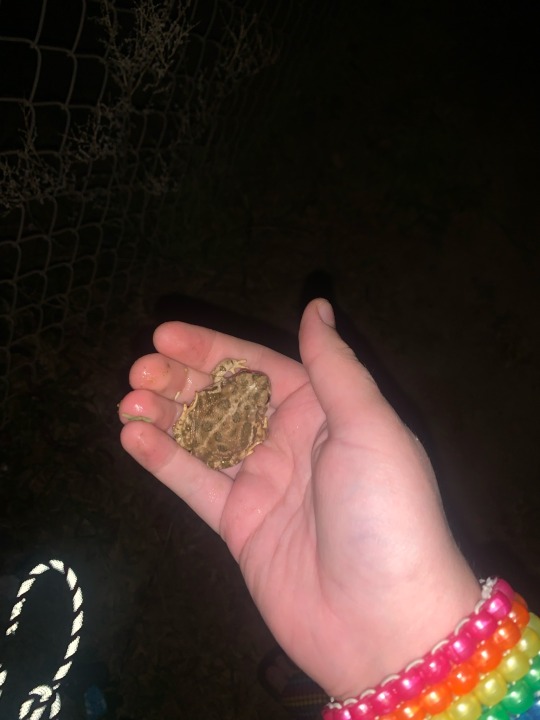
0 notes
Photo

Reposted from @nationalparkservice Hypnotoad is not amused. 🌀🌀 All glory to the hypnotoad! The Sonoran desert toad (Bufo alvarius), also known as the Colorado river toad, is one of the largest toads found in North America, measuring nearly 7 inches (18 cm). Will it hypnotize you with its large oscillating multicolored eyes? That’s just silly….MUST SHARE TOAD FACTS!!! 🌀These toads are mostly active during the rainy season, i.e., from May to September. In summer, they become nocturnal and come out of their hidings only at night. 🌀What’s that sound? Its call is described as, “a weak, low-pitched toot, lasting less than a second.” Pardon me. 🌀No touching! These toads have prominent parotoid glands that secrete a potent toxin. It can make you sick if you handle the frog or get the poison in your mouth. As we say with most things you come across in a park, whether it be a banana slug, unfamiliar mushroom, or a large toad with glowing eyes, no licking. Thank you. Hypnotoad says you will like this post. Image: Toad ya so. Black and white motion sensor wildlife camera photo of a Sonoran Desert Toad staring straight at the camera at @organpipenps #toad #nocturnal #amphibians #arizona #hypnotized #night #nationalparks https://www.instagram.com/p/CduUmiyOG76/?igshid=NGJjMDIxMWI=
0 notes
Text
February 12th, 2024


Giant Whip Scorpion (Mastigoproctus giganteus)
Distribution: Found in the southwestern United States, including New Mexico, Arizona, Oklahoma and Texas, down through much of Mexico, as well as Florida.
Habitat: Found in arid habitats; deserts, scrub forests and grasslands, where they take shelter beneath plant debris, in rock crevices or in abandoned animal burrows. Can be found living at altitudes of up to 6000 metres.
Diet: Carnivorous; feeds on a variety of invertebrates, including cockroaches, crickets, millipedes, other arachnids, worms and slugs. Has also been documented feeding on small toads and frogs.
Description: Though their name would suggest otherwise, giant whip scorpions are more closely related to spiders than they are to true scorpions. This species is also referred to as the giant vinegaroon, as it has the capacity to spray a substance containing high concentrations of acetic acid, the same acid found in vinegar. They're able to spray up to 19 times in a row before their pygidial gland is depleted (though it fills up pretty fast; they're usually ready to go again the very next day!). This spray does not usually cause long-term harm, but can occasionally cause the skin to blister, as well as intense pain if it gets into the eyes. Luckily, they only spray when touched—as long as you remain at a respectful distance, you'll be okay! They may also deliver a painful bite or pinch with their powerful chelicerae, though they have no venom.
This species is usually considered to be beneficial, as it often hunts other undesirable arthropods, such as scorpions, as well as agricultural pests that may threaten crops. Giant whip scorpions are also fairly common in the exotic pet trade, as they're non-venomous and have a long lifespan; males can live to 10 years, and females, twice that long!
Images by Bryan Maltais and Diego Barrales.
114 notes
·
View notes
Photo


A Mexican spadefoot toad [Spea multiplicata] is held up for species identification in Petrified Forest National Park in Arizona. The park is home to a number of different desert toad species, including Great Plains toads, red-spotted toads, Couch’s spadefoots, and Woodhouse’s toads. Images by Arnold Dockstader.
990 notes
·
View notes
Text

Big toad I disturbed today digging for fossil tracks
0 notes
